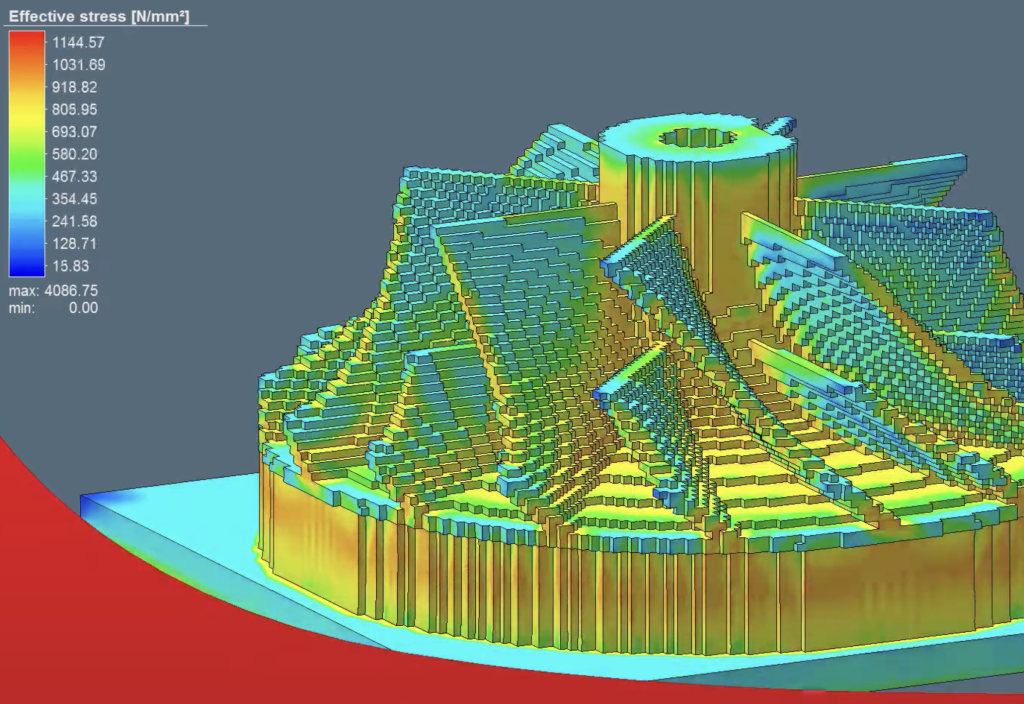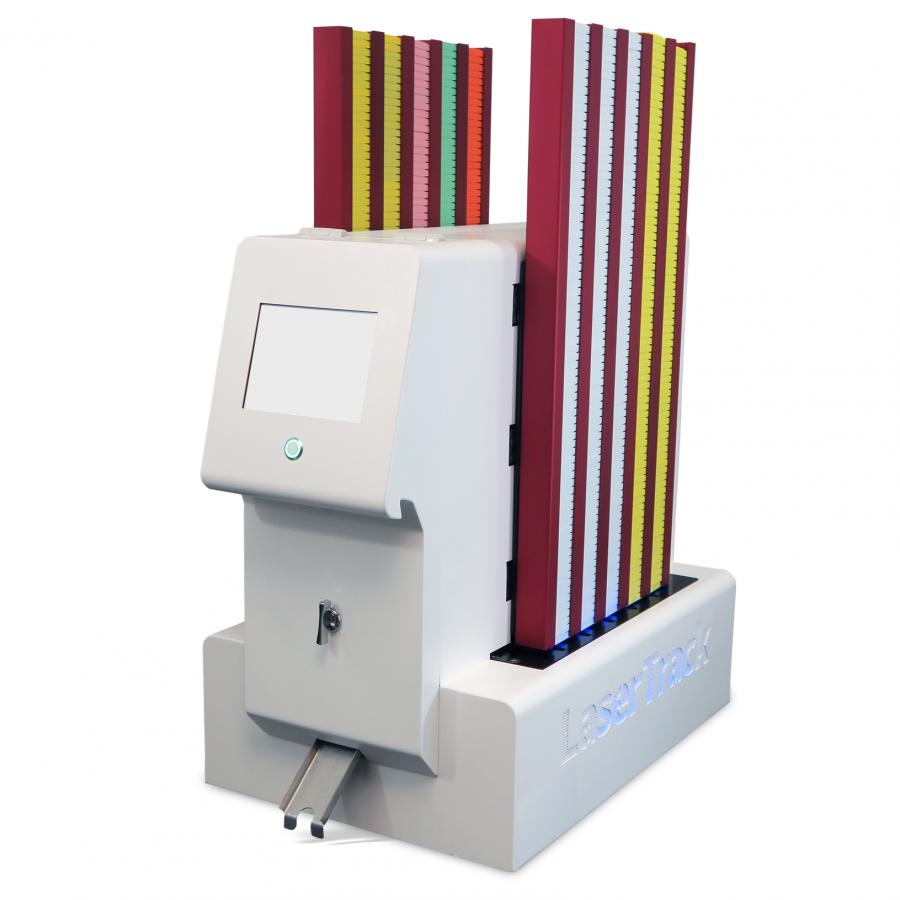Inkjet printers from HP are being used in new ways in research and vaccine discovery. Singapore is still a key hub
SINGAPORE – The inkjet printer, which dates back to the 1970s, may be considered a dinosaur in a digital age where people swipe screens more than they flip pages of paper.
Some of the most sophisticated inkjet printer heads are made in Singapore at Depot Road. American maker HP is now readying the robotic ink dispensers to serve a greater purpose and brighter future.
Specifically, scientists are using HP’s inkjet technology to “print” micro samples used in the discovery of new drugs and vaccines, as well as separate cancer cells from normal cells in cancer research labs.
“We can separate cancer cells from normal cells when we apply some electromagnetic fields to a micro stream of liquid,” HP chief executive Enrique Lores told The Straits Times in an exclusive interview.
“Not only is the technology more precise, it is also unique. I don’t think there is any similar technology today,” he said.
Inkjet printers can manipulate liquids in miniature chambers and tunnels that measure in the tens of to hundreds of micrometers. These measurements are very similar to those of hair, pollen and bacteria.
HP’s pivot to this multidisciplinary scientific field, known as microfluidics, is opening up an entirely new income stream for the company, which has seen falling consumer demand for computers and printers cut into profits.
Fluid manipulation – which includes filtering, heating and pumping – has so far not been automated in a way that inkjet technology can provide, said Mr Lores.
He was in Singapore last week at the company’s Asia-Pacific headquarters to meet customers and staff, his first visit here since 2020, when the Covid-19 pandemic halted overseas travel.
Citing an example of what inkjet technology is capable of, he said that the creation of samples in scientific labs – which is usually done with pipettes and can be time-consuming and prone to errors – could take more than one hour for just 20 samples.
The same number of samples can be “printed” in under four minutes, he said.
The technology’s capability was demonstrated during the height of the Covid-19 pandemic in 2020 when laboratories around the world were racing to test drugs and vaccines to stem the spread of the virus.
Inkjet printers donated by HP to research institutions in Europe and the United States in 2020 were dubbed BioPrinters.
Researchers could quickly print pharmaceutical samples in volumes of picolitres up to microlitres. This was a great way to speed up drug and vaccine research.







